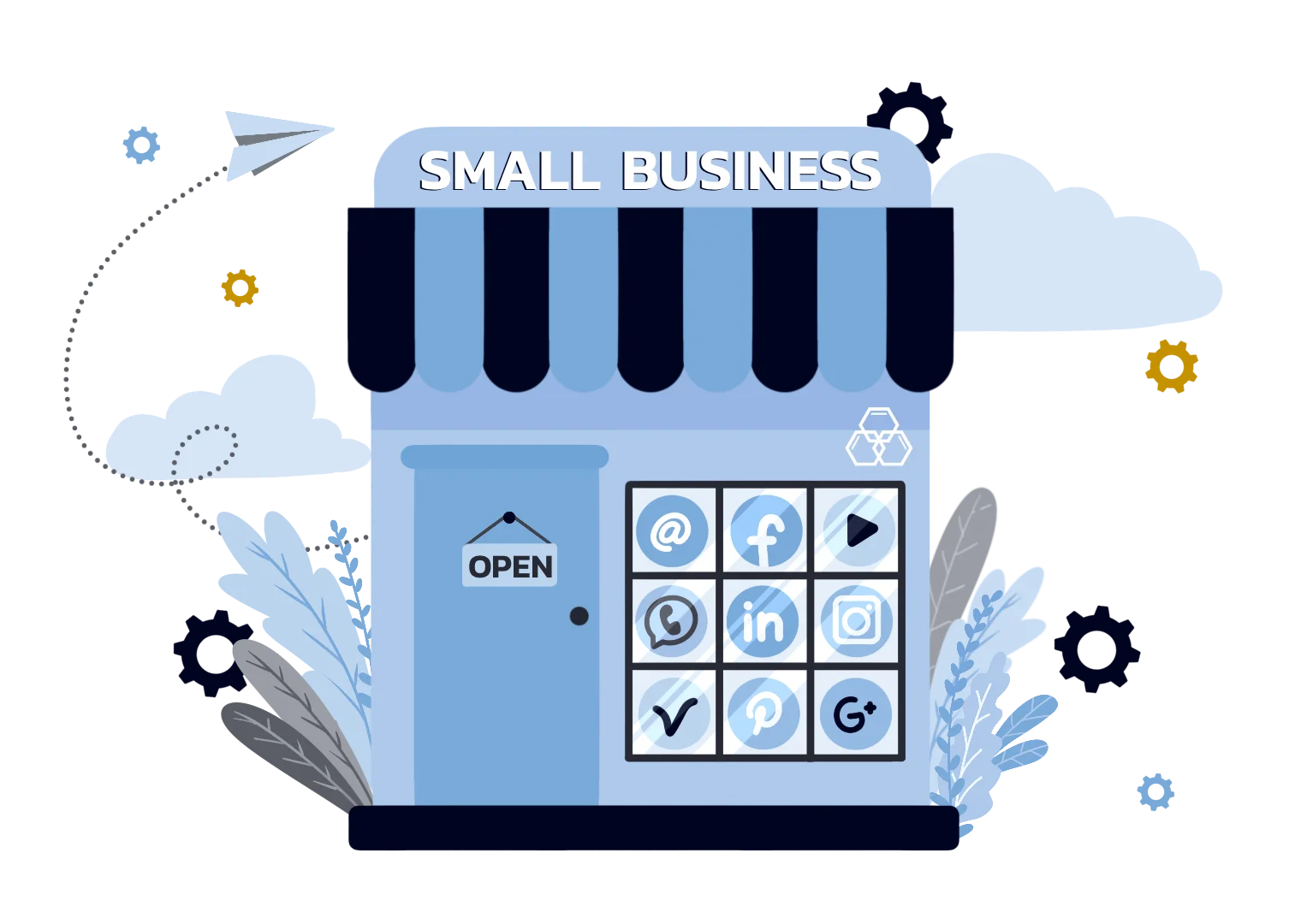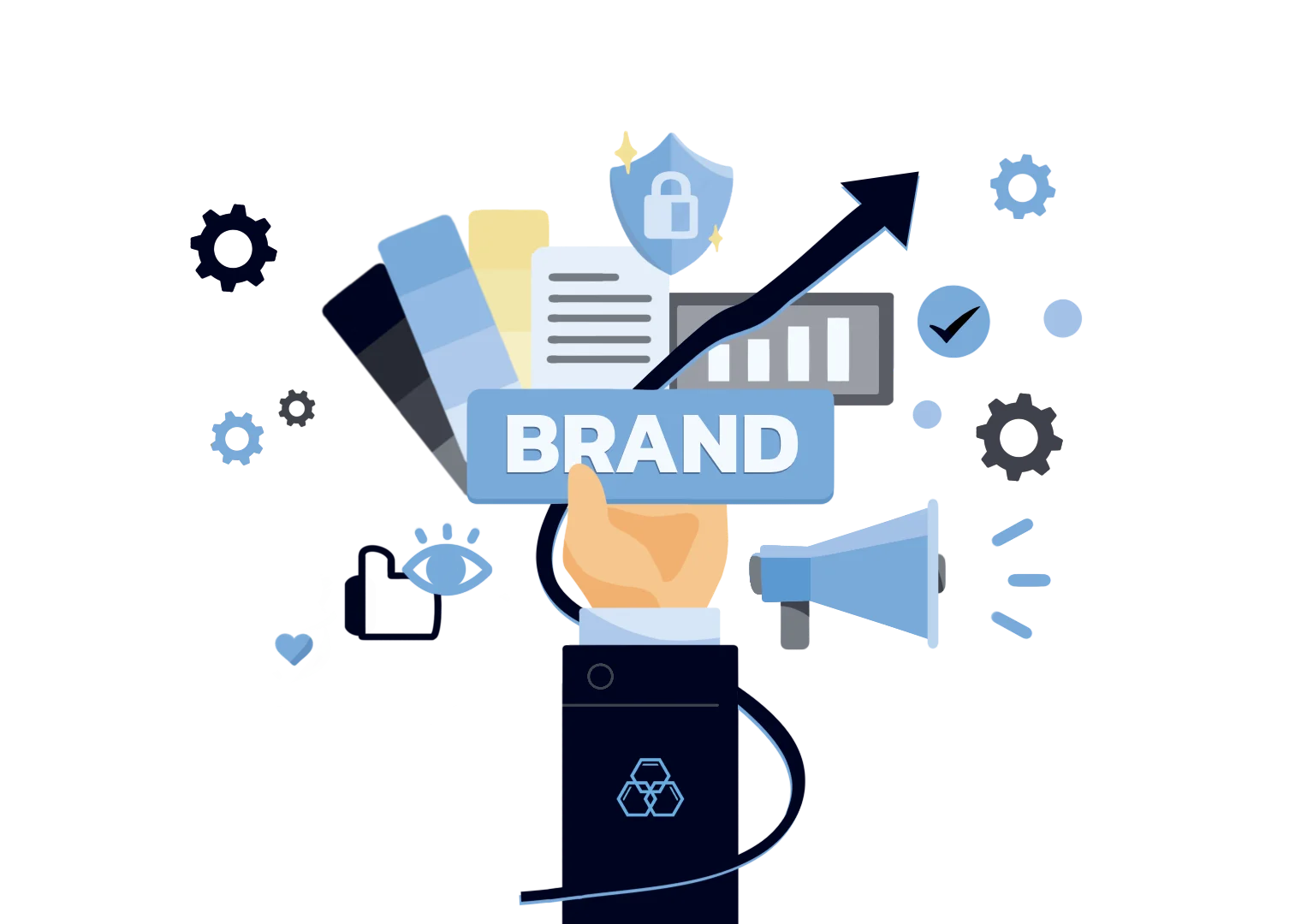Rebranding is a risk that a lot of companies take to stay ahead of the competition. It comes from the fact that you have to give up much of the brand recognition you have accumulated through the years since your company was founded. Moreover, it also comes with a gamble of knowing whether the new brand will succeed. But the payoff is great, and it comes with many benefits:
1. It can attract more prospects and customers you haven’t had before the rebrand.
2. It allows you to differentiate your brand from your competitors
3. It tells your existing customer that you are willing to keep up with the trends
4. It ultimately boosts your bottom line
To mitigate rebranding problems, companies often take a long time to research and plan out the rebranding strategy and to ensure that the new identity is still consistent with the core values that have been built. But alongside its need for time, it also needs experts, which is why companies often delegate their rebranding efforts to branding agencies who already know the ins and outs of rebranding successfully.
But suppose you feel paralyzed in defining your rebranding, or you are a startup company that still figuring out how to assert an image to the market. In that case, you can always get ideas from an inspiring brand that fuel business growth. Luckily, this blog curated the brand we know will help you jumpstart your branding strategy.
Let's get started!

What is a Brand Strategy?
A brand strategy is a long-term plan that defines how the company positions itself in the market, communicates its value proposition to customers, and builds relationships with them. The brand strategy may focus on some aspects of a brand, but generally, the brand strategy built by your marketing team is a holistic approach to all brands.
The brand strategy might be confused with brand tactics as the same, but they serve different purposes. The difference between a brand strategy and a brand tactic is that brand tactics refer to the actionable campaigns and efforts that account for specific aspects of a brand and, thus, usually take a shorter time than strategy. Moreover, a brand strategy is made from a series of brand tactics, each serving different purposes toward the same goals.
For example, a brand strategy is how a brand wants to build its personality to feel casual, which must be built long-term. Its brand tactics are the short-term campaigns marketing teams do, like posting on social media, revamping the site content, and more.
What are the Key Brand Attributes and Components?
A brand is the holistic image of the company, built around the core values the brand wants to convey to its audience. Just like the connection between brand strategy and tactics, brand attributes are the specific aspects of a brand that, when combined, create the whole identity itself.
The components can be divided into two: the brand's 'body' and 'soul.' The 'body' refers to a brand's components that directly interact with the target audience. These are the following:

Brand Visuals

Visuals are the first thing the audience sees when interacting with the brand. This can be the brand logo, the packaging, the visual aesthetics of the sites, the store, etc.
Brand Messaging

This is the approach of communication to the audience. This can be observed in social media posts, advertisements, brand videos, brand storytelling, online blog content, etc.
Brand Personality

These are the attributes of a brand that should be considered as a person. It is the approach to how specifically the brand interacts with its audience. For example, some brands encourage their audience to live a bold lifestyle, some want to exemplify that they are the primary brand of a specific product, and some want to convey their social advocacy.
The 'soul' of a brand is the statements that the company wants to assert that directly dictate how the 'body' is supposed to be perceived by the audience. These are the following:
Brand Positioning

This is the statement of what the brand offers to the market, particularly what problems it solves or fixes. Positioning is also the statement of how you are different from your competitors.
Brand Values

This is the key principle of a brand's operation. Brand values are often tied to the social advocacy that it wants to support—values served as your guidelines when building your brand identity.
Brand Purpose

This is the key goals of the brand growth, beyond just making a profit. The brand purpose varies, like focusing on a particular group of demographics, another approach to business operations (sustainability, low-cost, etc.), and more.
Brand Mission

This is the statement of how the brand attains its goals. It is the actionable steps that the company takes to be consistent with their values and attain their brand purpose.
What Makes a Good Brand?

A good brand is often developed over a long time, centered on its customer relationship. These are the following characteristics of what makes a brand good.
1. Clear: A good brand has a clear and concise identity that is easy to understand. It includes its name, logo, tagline, and visual identity.
2. Consistent: A good brand is consistent in its messaging and branding across all channels. It means that customers have the same experience no matter where they interact with the brand.
3. Authentic: A good brand is authentic to its values. It means it is honest and transparent in its dealings with customers and stakeholders; inspiration drives growth.
4. Emotional connection: A good brand creates an emotional connection with its target audience. It means that customers feel something about the brand, whether it is positive or negative.
4. Trust: A good brand builds trust with its customers over time. It means that customers are confident that the brand will deliver on its promises.
5. Relevant: A good brand is relevant to its target audience. It means that it understands the needs and wants of its customers and provides products and services that meet those needs.
6. Differentiated: A good brand is differentiated from its competitors. It means that it has something unique to offer that sets it apart from other brands.
7. Memorable: A good brand is memorable. It means that customers can easily remember the brand and its products and services.
5 Most Inspiring Brands to Get Inspiration From
Defining your brand can be paralyzing for marketers for two reasons:
1. Despite doing appropriate research on the target audience, niche, and industry, much of the bulk of the brand identity lies in the creative aspect of it. It can be difficult to assert a compelling image, identity, and voice, especially in balancing how unique the brand is and being relevant to the industry.
2. Despite the myriad approaches to building a brand, the number of choices can be overwhelming, especially considering each idea's pros and cons.
But you don't have to start from scratch, at least not totally, as here are some of the great brands you already know that you can get inspiration from when building your brand.
1. Starbucks
We know Starbucks's infamous pricing of its coffee cups, but asserting value with its products comes from its branding built in focusing on quality service and closer connections to its customers. Emblem logos like Starbucks also bring a feeling of a premium and classic choice of any brand, as emblem logos are often used by brands that have long existed, furthering the branding awareness that they already have.
Takeaway: A customer-centric approach to its service and emphasis on quality increases your brand value.

2. Nike
Nike's branding centers on the values it wants to impart to its audience. The "Just Do It," the tagline that embodies pushing the limits and living an adventurous life goes hand in hand with Nike's shoes focusing on athletic use.
Takeaway: A good brand positioning that connects emotionally with your audience increases brand credibility.

3. Patagonia
Patagonia is one of the most inspiring brand as it is centered on a mission to provide outdoor clothing apparel that takes sustainability and environmentally conscious operations that resonate with like-minded people who also tend to have outdoor-related hobbies like hiking and outdoor camping.
Takeaway: Focusing on social advocacy connects your brand emotionally to your audiences beyond just the products alone, and inspire people. Keep in mind to do proper research first and make sure that your operations, values, and brand aspects are always consistent with your advocacy.
4. Amazon
Amazon's positioning of its brand centers on a customer-centric approach, particularly focusing on convenience and competitive pricing, which appeals to most of its audience and even beyond. Moreover, the convenience not only comes from the access to the products but also from the choice that customer has when buying things through Amazon.
Takeaway: If you want to appeal to a large audience, low price and convenience can be your good differentiators from your competitors. But keep in mind that some customers also mind quality and may not want to compromise your product experience for a cheaper price.

5. Wendy’s
Recently, Wendy's has had positive brand recognition in the social media space, as they have positioned their mascot as a humourous and sarcastic persona that appeals to the younger generations and beyond. Wendy's Twitter account often posts memes that relate to the restaurant culture, as well as the trends. Other fast food chains and other consumer brands have also followed suit, given how successful their campaign is.
Takeaway: Another way to appeal to the masses is to have a sense of humor. Most people want to have a closer connection with their brand and want to feel assured that it knows beyond just selling their product. It makes the brand personality more human and, therefore, relatable. Keep in mind that humor doesn't always work, which is why proper research on the target audience is also needed before doing a meme ad campaign, for example.

Feeling Lost in Building Your Brand?
Keep in mind that you can expand your search for inspiration from the list we have curated. Each offers insights you can take, and feel free to mix and match until it suits you. Moreover, you can also leverage generative AI if you still need ideas for building your brand.
But if you still feel paralyzed by the vast amount of choices that you can make, let us know in Evolv and tell us how we can jumpstart your startup brand. We are a team of experts in fields that help brands lead the competition using the latest technology and tools.
You can also check out our blog page, as there is still a lot more to learn about what it takes to lead your brand.







